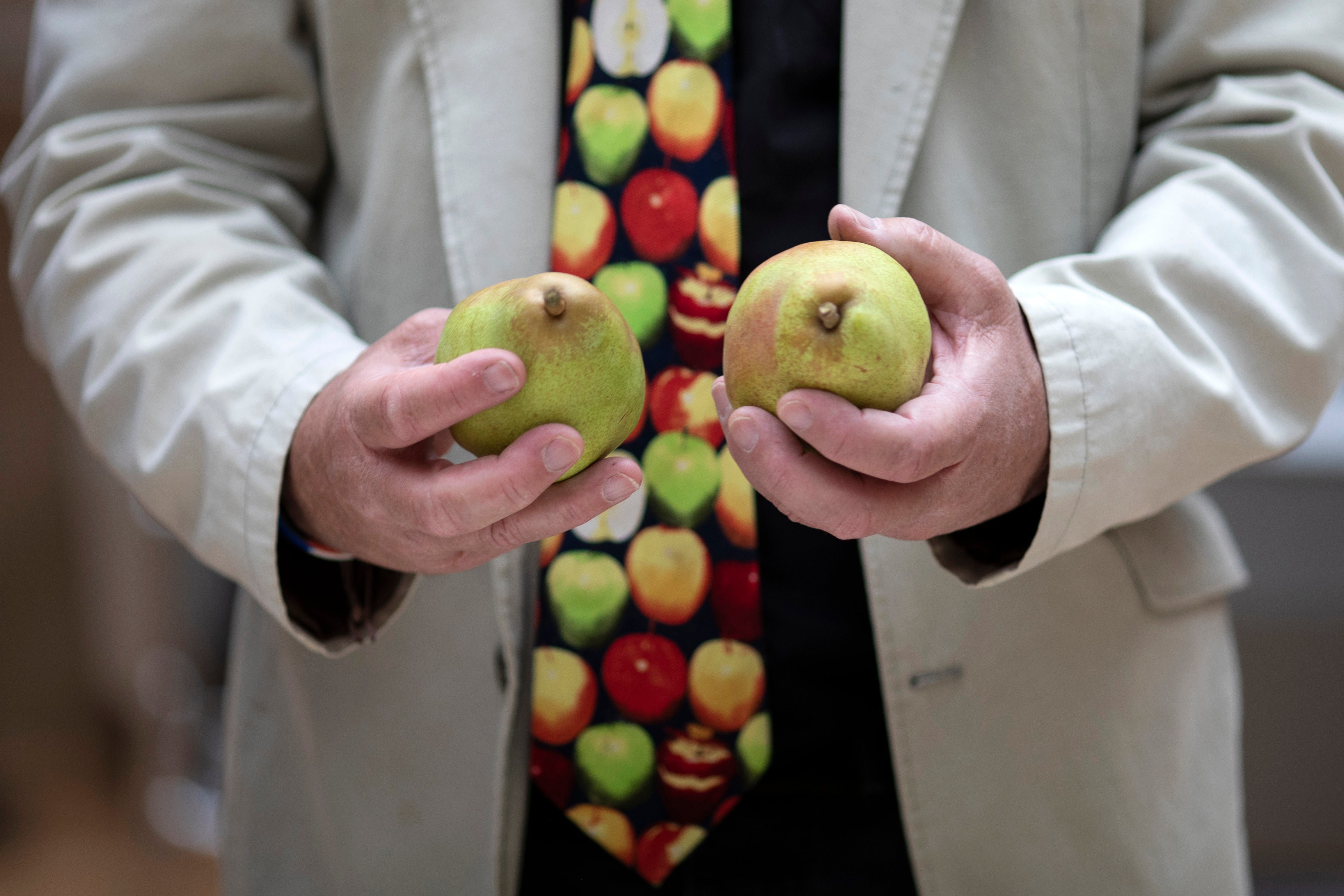Pears are back in season with the fall fruit providing many beneficial nutrients that can help slash the risk of chronic disease and the risk of harmful inflammation.
But, did you know they’re also the second most fiber-rich fruit?
Each pear contains six grams of fiber, which is just under the seven grams found in berries.
The pome fruit also has about 21 percent of the recommended daily value, which the majority of American adults do not get. The total dietary fiber intake should be 25 to 30 grams a day from food, according to UCSF Health.
“I think most people associate fiber solely with how it helps your gut or prevents constipation,” Amanda Beaver, a wellness dietitian at Houston Methodist, said. “It does play important roles in your GI health, but the benefits of fiber extend well beyond that.”

Fiber helps make digestion easier, supports a healthy gut, regulates blood sugar, balances cholesterol levels and keeps you feeling fuller longer.
The carbohydrate can also reduce the risk of heart disease, type 2 diabetes and colorectal cancer, according to Beaver.
“Heart disease is the No. 1 killer of Americans, so the cardiovascular benefits of fiber are one of the most important,” she said.
Just one medium-sized pear can give you these benefits and is only 100 calories, although make sure not to peel it.
The red, yellow or green skins contain the majority of the fiber found in a pear, according to USA Pears. Most of the antioxidants are found in the skin, as well. Antioxidants have been shown to fight harmful inflammation that can lead to cancer and heart disease.
But whether you eat a whole pear or chop one up to mix in a salad, pears have multiple critical vitamins and essential minerals.

One pear has 8 milligrams of vitamin C, which can help keep your immune system strong as respiratory viruses spread during colder months.
And, the versatile fruit is a good source of potassium, which can counteract sodium, relax blood vessels, and lower blood pressure, according to the National Council on Aging.
“Pears are so healthy, and most people tolerate them very well,” registered dietitian Beth Czerwony told the Cleveland Clinic.
“They’re a perfect snack if you’re craving something sweet,” she said.




